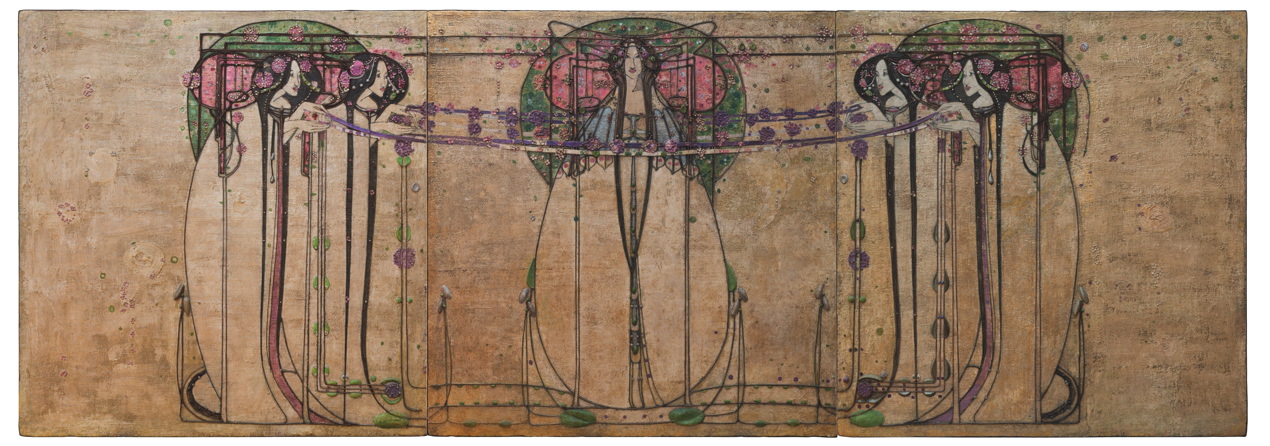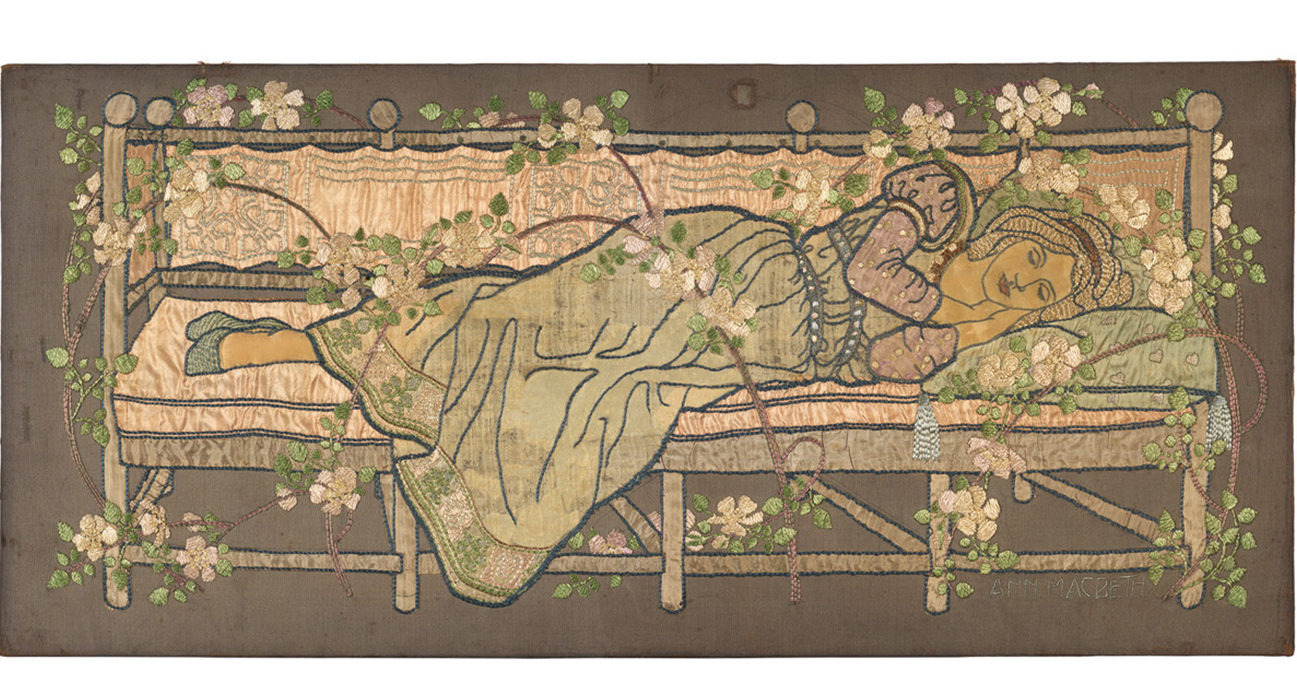Preview: Charles Rennie Mackintosh
More than a century since he was working the present has still not caught up with Charles Rennie Mackintosh’s design, as a new exhibition reveals
To be a visionary is an attribute often ascribed to artists but Charles Rennie Mackintosh’s designs 120 years ago were so forward thinking that they are still used by set designers in their visions of a sci-fi future. His 1898 highback chair design has been known to pop up in the likes of Doctor Who and Blade Runner.
“By 1911 he was actually pre-empting Art Deco before Art Deco was even a movement,” says Alison Brown, who curated an ambitious exhibition re-examining Mackintosh’s career, his influences and those who worked alongside him, in the designer’s home city last year. Now Charles Rennie Mackintosh: Making the Glasgow Style is moving to Liverpool’s Walker Art Gallery where it promises to reaffirm the astounding depth and breadth of his talents.
Born in 1868, Mackintosh initially trained as an architect and, with an astonishing eye for detail, perfectly exemplifies the concept of designing entire buildings – from exteriors to light fittings, furniture, glasswork, panelling and even staff uniforms – with each aspect a reaction and complement to the other.

“Throughout his career he was restless, never standing still and a real pioneer,” explains Brown. “We’ve extended and amended the show and, looking at the items we selected in chronological order, you can see he was always ahead of convention. And as the decades go by his fascination with economy and proportion and rhythm really take over.”
Displayed at the Walker will be objects donated to Glasgow museums during the mid-19th century that proved influential on Mackintosh’s career, work by contemporaries – such as his wife, artist Margaret Macdonald, and her sister Frances – and pieces of his own. These include stained glass, metalwork, ceramics, large sections of interior panelling originally found in the Willow Tea Rooms he famously designed, and furniture. Paintings, notebooks from the visit to Italy that proved so inspirational for future work – books and mosaics will all be on show.
Also displayed will be four of the drawings submitted by the Glaswegian when a competition to design Liverpool’s Anglican cathedral was launched in 1901. Although there were over 100 entries it’s astonishing that Mackintosh’s efforts failed to even make the shortlist, an incident said to have prompted his wife Margaret to declare: “In architecture, originality is a crime!” There’s a nice circularity to this episode though as the Walker Gallery is where the competition entries were originally displayed almost 120 years ago.
Like many creative visionaries Mackintosh was, according to some sources, an awkward, even cantankerous character. According to Brown this isn’t necessarily the case: “Those reports are usually from people he dealt with who had practicalities like budgets and committees to consider. Others he worked for, particularly his famous patrons, said Mackintosh was so driven towards his final, complete art that obsession kicked in and everyday considerations were ignored. His ambition and passion simply took precedence over anything else.
“And like many artists he wasn’t fully appreciated in his time. It’s only decades afterwards and with hindsight that people realise what a great he truly was.”

Leave a reply
Your email address will not be published.